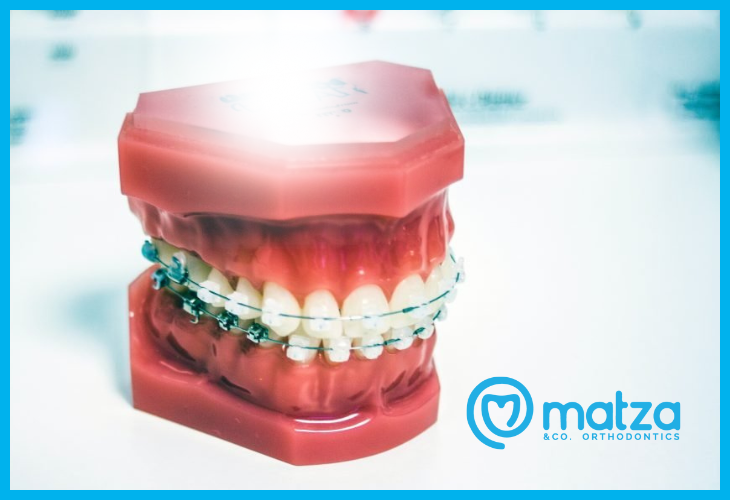The History of Braces

Many teenagers and adults wear braces these days, but have you ever wondered when it started? You may be surprised to learn that the pursuit of the perfect smile is not new! Today, with the new technologies available, people of all ages are choosing orthodontic treatment to achieve a beautiful, healthy smile. Learn about this interesting history below.
Although dental braces have become much more common in modern society, there is a long history of their use, with some evidence dating as far back as ancient times.
Ancient and Early History
Archaeological findings have revealed mummified skeletons with crudely-fashioned metal attachments on each tooth, supposed to function in a similar way to dental braces used in orthodontic practices today.
Methods to straighten teeth have been contemplated by various historical figures, including both Hippocrates and Aristotle in 400-500 BC. For example, a Roman tomb in Egypt revealed the use of gold wire as a binding for teeth, which is supposed to be the first ligature wire found in documentation.
Various materials have been used as a form of dental braces throughout history, including gold, platinum, silver, steel, rubber, vulcanite, wood, ivory, zinc copper and brass.
Early Progressions and Breakthroughs
Despite considerable evidence of experimentation in the field of orthodontics throughout history, there was no real progression or major advancements in techniques until significantly later in the 18th century.
A book named “The Surgeon Dentist,” which included a complete chapter on methods employed in teeth straightening, was published by a dentist from France called Pierre Fauchard in 1728. To expand the arch of the mouth, he recommended the use of a horse-shaped “Bandeau” device. In 1757, Ettiennne Bourdet expanded on the work of the original book with that entitled “The Dentist’s Art,” which also covered methods and devices used for tooth alignment.
In 1819, the first wire crib was introduced by Delabarre, which marked the beginning of the field of modern orthodontics. However, the term orthodontia was not used until 1841 when it was introduced by Joachim Lafoulon.
A dentist known as Maynard was the first to use gum elastics in 1843. Tucker, another dentist, was the first to make use of rubber bands in 1850. Later in the 19th century, Eugene Solomon Talbot used X-rays as a means of diagnosis for orthodontic purposes for the first time.
Norman W. Kingsley established the principles of orthodontic practice and authored the first article on the area of orthodontics in 1858. He followed up with a book entitled “Treatise on Oral Deformities” in 1880. J. N. Farrar contributed with his designs of brace appliances and proposed the application of mild force at regularly-timed intervals as a means to reposition teeth, which he wrote about in “A Treatise on the Irregularities of Teeth and Their Corrections.”

Early in the twentieth century, Edward H. Angle structured the system for classifying malocclusions; this remains in use to this day. He also founded the first school of orthodontics in America and established the American Society of Orthodontia in 1901.
Recent Advancements
Until the mid-1970s dental braces wrapped around the teeth to secure the teeth and apply a force to move them as required in the mouth. At this time, direct bonding to the teeth became a real possibility due to the introduction of the adhesive for dental uses.
The self-ligating bracket also emerged at a similar time, with the benefit of functioning without the need for tie wires or elastic ligatures to hold the arch wire in place on the bracket. Early development of this idea began early in the 20th century, but it did not become widely available until much later in the 1970s.
Lingual braces, which involve the placement of braces on the inside of the teeth thus making them invisible, were also developed by two orthodontists working separately at this time. However, this method needed special training to be used correctly, and many orthodontists were initially reluctant to use it. They have recently become a more favorable option as modern technology has increased the comfort while wearing them.
As we continue to experience progression in the technology available, it is likely that dental braces will evolve even further in the future to improve their efficacy and patient satisfaction throughout the process.
2023 is the year to get yourself the beautiful smile you deserve. Explore your orthodontic options with Matza & Co Orthodontics. We’re here to answer all the questions you might have! Dr. Matza is very well-known in South Florida for his expertise. We will be happy to help! Call us at (561) 368-3480 or find us on Facebook.
Reference: [https://www.news-medical.net/health/History-of-Dental-Braces.aspx]
